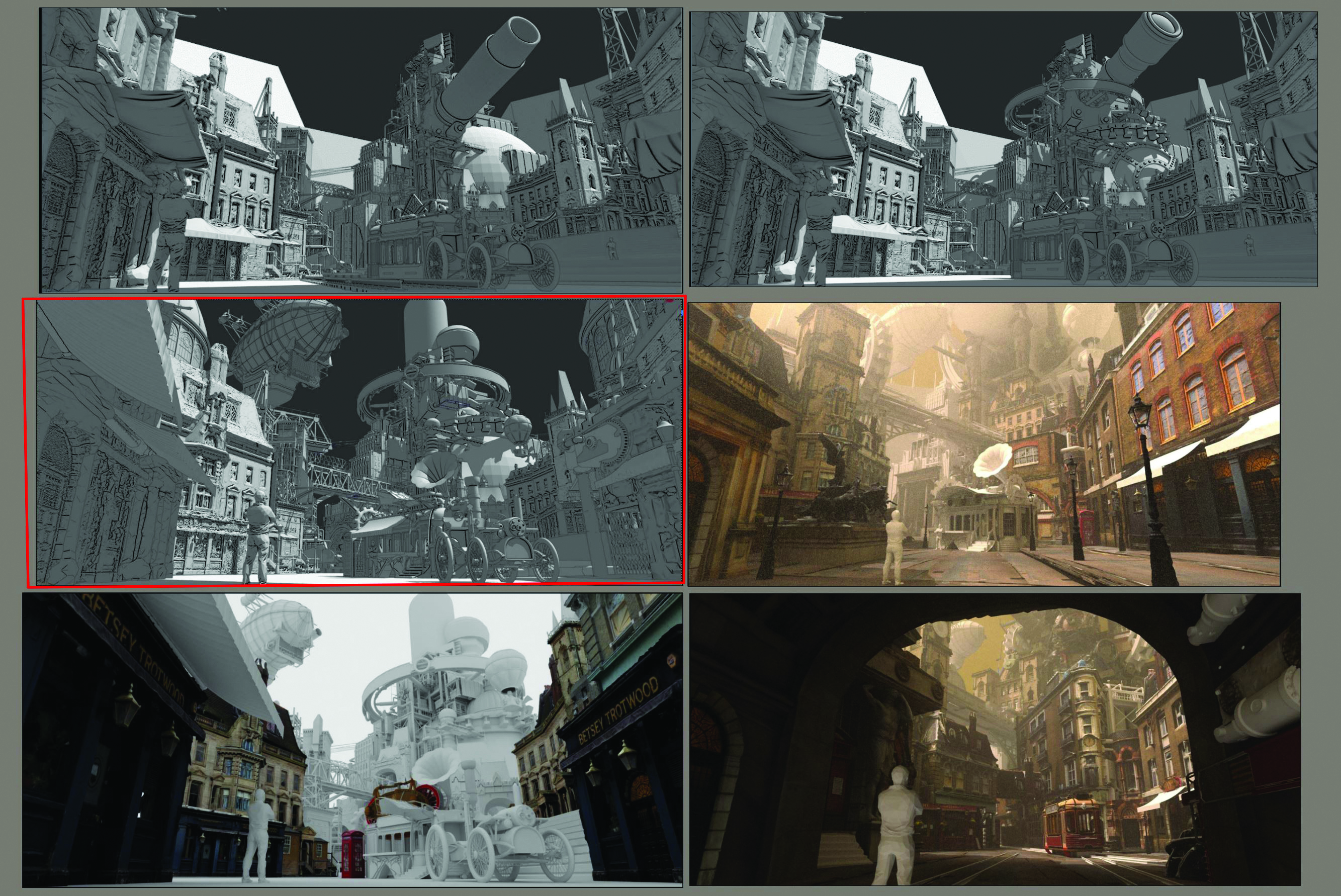Our Verdict
Cinema 4D 2023 is a major release with significant new features and upgrades, most notably soft body simulation, modelling and colour management. With Maxon’s acquisition of ZBrush, creative workflows will continue to be strengthened and streamlined.
For
- Unified framework extended to soft body simulations
- No longer any need for symmetry hacks
- ZBrush connection further streamlined
- 14-day trial version available
Against
- Perpetual licences removed
- Cheaper alternatives are available
Why you can trust Creative Bloq
The 2023 edition of Cinema 4D, simply titled Cinema 4D 2023, sees soft body simulation improvements, the addition of a new global symmetry system, the adoption of OpenColorIO for colour management, streamlined integration with ZBrush, and plenty more.
Before diving into these new features, existing users will recognise a change to the version naming convention. With this release of Cinema 4D, already one of the best 3D modelling software options on the market, Maxon has decided to adopt an annual numbering with each yearly named release coming out the year prior to its number. I remember liking this approach when Autodesk adopted it. Knowing that an update would be released annually, around the same time each year, enabled me to plan ahead and control upgrades in a studio context.
With this change of numbering, Maxon has also removed perpetual licences, leaving only subscription options. Since subscription licences hit the scene there has been a hot debate as to whether or not they are better than perpetual licences. As an artist, I have always favoured perpetual licences because I don’t like the idea of being tied in financially, but would prefer to pay extra for a licence that isn’t going to run out. With the removal of the perpetual licence, Maxon has put its stake firmly in the ground.
Cinema 4D 2023 review: New features

Now on to the new features. It’s fair to say the appearance of applications evolves and develops differently than if they were developed from scratch, with all the knowledge gained over the years. Old code bases make seamless workflows and integration between technologies tricky. It’s just an issue we have to accept and Cinema 4D struggles with it as much as the next developer.
Therefore, it’s always refreshing to see a developer completely rethink and rework their systems, something that is true here for soft body simulations. In Cinema 4D S26 a new simulation framework was launched but, at that point in time, was only available for cloth and rope simulations.
With the 2023 version, this unified approach has been extended to soft bodies and brings the required consistency across simulation types. This new way of working will take a bit of getting used to for those familiar with the Bullet Physics-based system but will be easily adopted by new users who know nothing different.
It is now possible to get consistent and reliable results
This unified approach will really help projects that require different types of simulations to interact with each other. Rather than trying to strongarm the interaction of different animation systems, it is now possible to get consistent and reliable results because of the same underlying framework that drives them all. These soft body simulations can also be combined with keyframe animation to further customise and fine-tune animations.
Alongside these changes, Cinema 4D gets a completely new system for symmetry. It’s always been possible to create symmetrical objects, but the process has been particularly clunky and required a lot of unnecessary workarounds. That has now all changed with the integration of a new global symmetry system that optimises this workflow for both poly-editing and sculpting workflows.
One of the best things about this new system is that it still works on posed models, even if the pose makes the object asymmetrical. This level of mirror editing brings a newfound flexibility to when edits can be made during the creation process.

Cinema 4D 2023 review: Software integration
Alongside all of the above, Cinema 4D is following along with what seems like every other DCC application out there and including support for colour-management solution OpenColorIO. This will bring a consistency of colour management across applications, including Maxon’s own Redshift renderer and Magic Bullet Looks.
The final point of note is particularly exciting for artists who use Cinema 4D alongside ZBrush. Those who have been keeping an eye on industry news will have seen that Maxon acquired ZBrush early in 2022. The community expected better integration between the two applications as a result and hasn’t had to wait long to see this. In this release, the GoZ bridge to ZBrush has received several updates including the transfer of subdivision surface edge weighting and vertex weight data. The handling of ZBrush’s polygroups has also been upgraded.
This article first appeared in 3D World magazine issue 294. You can subscribe to the print edition, digital version, or save even more with the print/digital bundle – whatever you choose, you'll get all the latest artist showcases, guides and tutorials and all the important news and views from the CG community.

Thank you for reading 5 articles this month* Join now for unlimited access
Enjoy your first month for just £1 / $1 / €1
*Read 5 free articles per month without a subscription

Join now for unlimited access
Try first month for just £1 / $1 / €1
out of 10
Cinema 4D 2023 is a major release with significant new features and upgrades, most notably soft body simulation, modelling and colour management. With Maxon’s acquisition of ZBrush, creative workflows will continue to be strengthened and streamlined.

Paul is a digital expert. In the 20 years since he graduated with a first-class honours degree in Computer Science, Paul has been actively involved in a variety of different tech and creative industries that make him the go-to guy for reviews, opinion pieces, and featured articles. With a particular love of all things visual, including photography, videography, and 3D visualisation Paul is never far from a camera or other piece of tech that gets his creative juices going. You'll also find his writing in other places, including Creative Bloq, Digital Camera World, and 3D World Magazine.
- Erlingur EinarssonTech Reviews Editor
